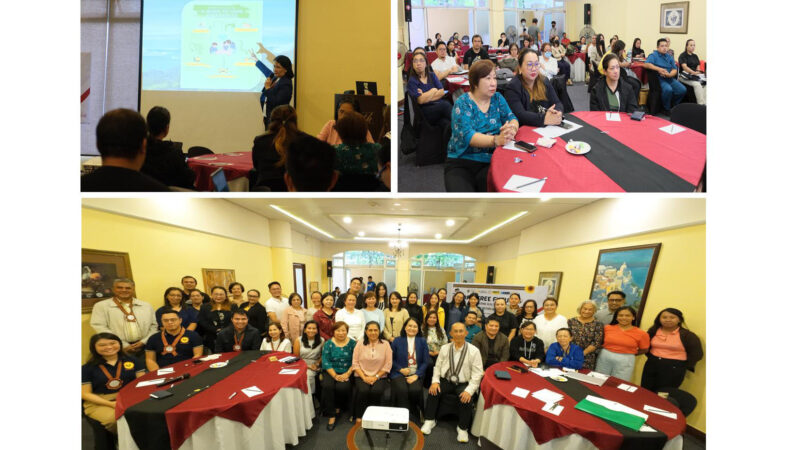City to launch campaign against obesity

No less than Mayor Benjamin B. Magalong is calling the shots for an intensified campaign to combat prevalence of overweight and obesity among the city’s populace.
In a 5-year data of the City Health Services Office (CHSO) from 2018 to 2022, more than half of those who were risk-assessed while availing of medical services aged 20 years old and above from the district health centers were found to be overweight and obese.
Dr. Ma. Alice Torres, Medical Officer IV of the CHSO clarified that 219,145 individuals were included in the eligible population for risk-assessment on body mass index, hypertension and blood pressure monitoring among other leading non-communicable diseases. However, of the eligible population of 20 years old and above, only .72 were risk-assessed in 2019; 3.9 percent in 2020; 2.95 percent in 2021; and, 4.4 percent in 2022 – a low turn-out for medical check-ups during the coronavirus pandemic.
Per the CHSO data, overweight prevalence among 0-59 months old have been decreasing from 2018 to 2021 but increased to 0.7 percent last year. The data was culled from the Nutrition Office of the CHSO keeping the record of live births as part of their services.
Among school-aged children, the population of overweight and obese in 2016 is 4.05 percent which increased to 5 percent in 2018; and increased again to more than 10.47 percent last year. The CHSO based its report from the Department of Education Baguio Division from 2016 to 2023 except for 2020 to 2022 when there were no face-to-face classes.
In a separate report from the Food and Nutrition Research Institute (FNRI) in 2018, a survey among 0-59 months old yielded 8.6 percent overweight with more females and mostly belonging to the non-poor economic status.
For school-aged children, there are 24.4 percent overweight and obese mostly among males and belong to the non-poor economic status.
Obesity among adolescents aged 10-19 years old is 18.9 percent while among adults aged 20 to 59 years old, obesity is at 10 percent and 35.8 percent are overweight mostly with elevated blood pressure.
Among 60 years old and over, overweight is 21.9 percent and obesity is at 10 percent. High waist circumference is notable at 23.8 percent as well as elevated blood pressure among 34.4 percent of the population included in the survey.
Torres said that the discrepancy in the city data and the FNRI may be due to the nature of data gathering, one based on survey and the city based on actual medical check-up records.
“High waist-circumference, elevated blood pressure, and high blood sugar are all related to obesity,” Torres said.
But she explained that while obesity is 70 percent genetic, 30 percent is environmental. This means overweight and obesity is more prevalent among non-poor since they have access to fast food and processed food which contribute to the factors.
“Smoking, drinking alcohol, binge eating and insufficient physical activity are all factors in overweight and obesity,” Torres said.
Given all these data on overweight and obesity, the city will begin its campaign against overweight and obesity by first profiling city hall officials and employees to come up with programs and activities towards a healthier community.
Initial plans are to implement the Universal Health Care (UHC) provision for a healthy workplace by conducting activities such as 20-minute daily exercise in the offices and possible restriction of sweetened beverages in the budgeting of snacks for office seminars and trainings, among others. – JMPS







